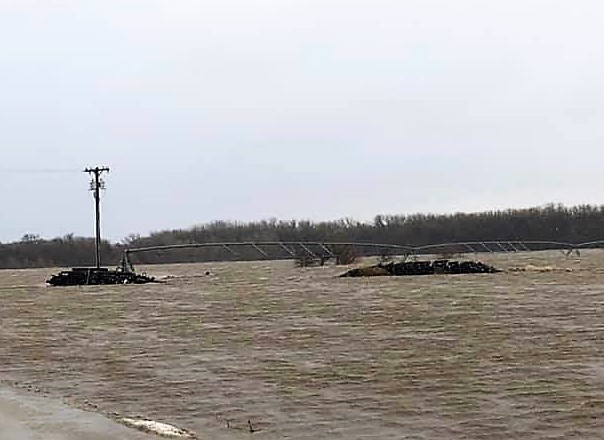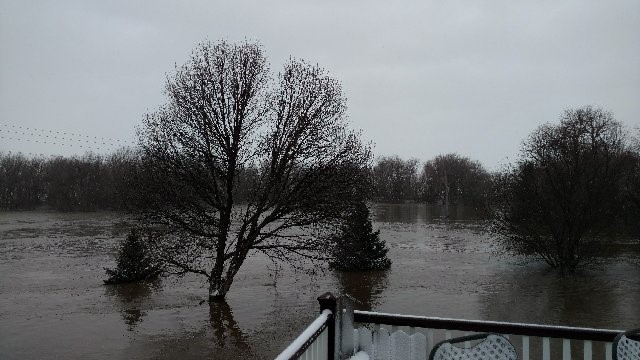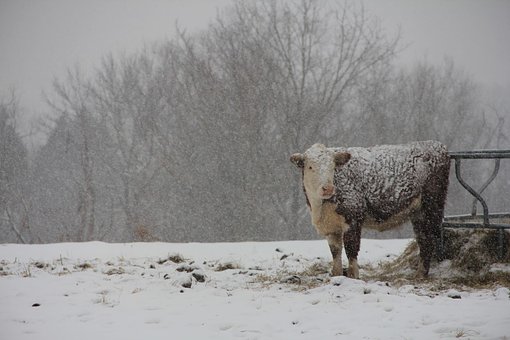
Harvested Crop Residue: Poor Economics and Soil Health Impacts
In Early September, I wrote a blog post entitled The Downside of Baled Crop Residue. My previous post focused on cornstalks. After harvest, as I traveled across the state, I have observed we have more harvested crop residue to consider. [...]



